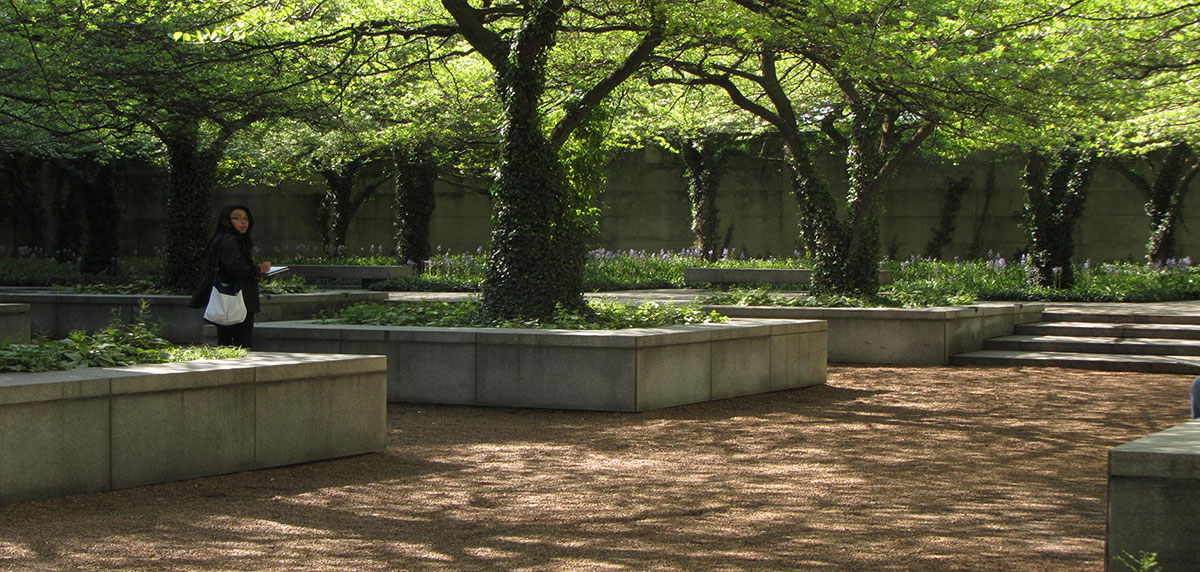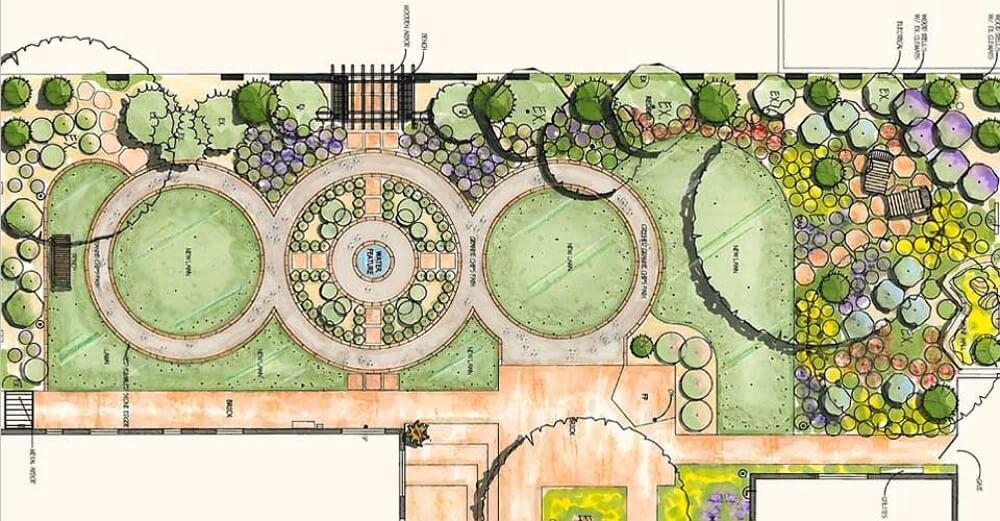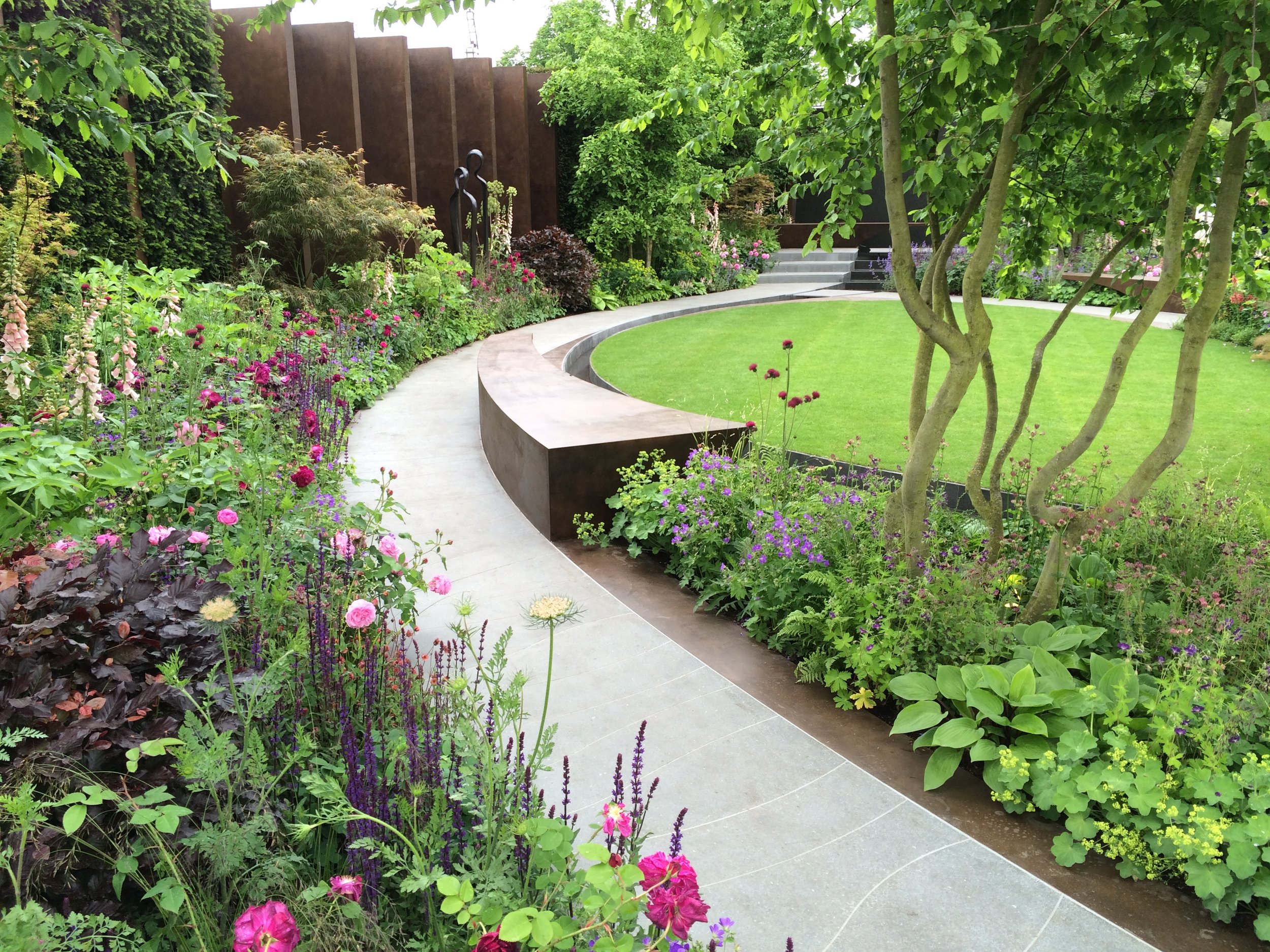Landscapers Fundamentals Explained
Landscapers Fundamentals Explained
Blog Article
Landscapers for Beginners
Table of ContentsHow Landscapers can Save You Time, Stress, and Money.Getting My Landscapers To WorkAll about LandscapersLandscapers Fundamentals ExplainedEverything about LandscapersSome Known Questions About Landscapers.
- A yard attribute where water is represented by an accumulated stone product, normally a crushed rock or granite.- A rock or natural flagstone patio area, course, or sidewalk developed without a concrete base.- A stone keeping or cost-free standing wall surface constructed without making use of mortar. An extremely knowledgeable mason is needed for a completely dry pile rock wall. Most walls in Portland are moist stacked, also if they seem. - A below ground structure that accumulate water and enables it to slow down percolate right into the dirt around it.
Landscape style that is compatible with a sites' atmosphere in both look and sustainability without negative effects to the environment. Bordering in the landscape is a line of demarcation that produces visual rate of interest in the garden by dividing one sector from another sector.
Areas can additionally have a feeling of "enclosure" offered by trees, various other growings, fences, or screens. The landscape near the access to a building.
Unknown Facts About Landscapers

The element in a landscape style or area in a landscape that is indicated to be most prominent. The focal point can be a plant, stone, statuary, gathering area, or other landscape function.

The 4-Minute Rule for Landscapers
Low plants that are allowed or motivated to spread out over an area. Can refer to any "difficult" yard aspects including statuary or boulders yet a lot of frequently is utilized to refer to courses, outdoor patios, and walls - Landscapers.: Height distinction between the degree of water in a fish pond (or the degree of the pump if it rests outside the pond) and the top electrical outlet of water which influences efficiency of the water pump in gph (gallons per hour).
A chemical used to manage weeds. Fencing boards that run flat, frequently made use of in contemporary or Japanese-inspired landscape layouts. Lines that define rooms within a landscape principle. These usually prolong from corners or crucial attributes of an existing structure. Appropriate usage of imaginary lines can help the landscape feel helpful resources linked to the home and various other elements.
Traditional PNW landscapes are informal. A plant that spreads even more than desired, or right into environments where it does damage.
Facts About Landscapers Revealed
Smart irrigation controller evaluations and referrals below. 2-D rendering of the suggested watering system. Can include head placements and coverage, pipeline sizing, GPM specs, and materials required to mount this system. A watering strategy is typically unneeded for homes but prevails for industrial projects. Licensed specialist who designs landscapes, coached in engineering and architecture along with in cultivation.
The expert who prepares and develops landscape projects, typically at a domestic or tiny commercial degree with the major style inspiration look at more info on growings. Landscape designers normally have less schooling than Landscape Architects and are not licensed. A completed landscape design, detailing all aspects for the new landscape. This typically takes the type of a drawing on paper.
Calcium material used to increase the pH in soil, which will make it less friendly to moss (Landscapers). A water tight HDPE product utilized beneath fish ponds, streams and waterfalls in water attributes. Utilizing numerous plantings of the same range to load in an area in the landscape. This can reduce upkeep and water usage in the garden.
A mix of concrete, sand, and water that is used in stone stonework for setting stones and joints. A layer of compost or bark dirt applied at the base of a plant. A mass growing More about the author of moss. A plant that existed in a geographical location prior to individuals began transforming the landscape.
Not known Incorrect Statements About Landscapers
Exactly how the yard or a garden component is prepared in connection to an existing or new feature or to an instructions. Grasses that are not trimmed but grown in landscapes as perennials.

Little round crushed rock. Plants that offer seasonal passion and after that die back in the winter. Annuals do not come back the complying with season, yet perennials do. Winter grass that is the most typical turf lawn in Portland, OR and the remainder of the PNW.An open roofed structure over an outdoor patio or various other landscape feature.
Lava accumulated ranging in dimension from 1/4" down to dirt. One of the most usual landscape gravel in the PNW. Area of the landscape made to manage water till it can saturate right into the ground. A chain that controls water as it takes a trip from a roofing rain gutter to the ground. Garden structure that produces a planting location that is included and greater than the bordering quality.
Framework made of wood, concrete, leading stones, bricks or other products for supporting inclines and protecting against excessive disintegration. Slim gutter. Creating a yard function being composed mostly of rocks with growings that match and can grow in the rough atmosphere. Lawn sprinkler head style that turns a stream of water across an area.
4 Easy Facts About Landscapers Explained

Report this page